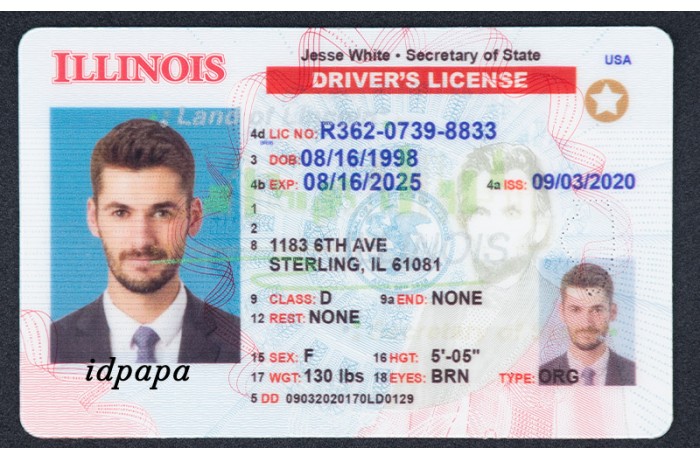
The world of copyright identification is a constantly changing landscape. Forgers are now leveraging sophisticated technologies to create copyright that can often bypass even the most strict scanning systems. These forgeries are often indistinguishable from real IDs, making them a growing threat. To combat this problem, authorities are deploying their own complex technology to identify these fakes.
- One of the key features behind scannable copyright is the use of unique inks that can be read by ordinary scanners.
- These inks often contain barcodes that imitate the security features found on genuine IDs.
- However, experts are constantly working to create new technologies to uncover these counterfeits.
The future of addressing copyright fraud is likely to involve a combination of sophisticated analysis technologies, machine learning, and enhanced regulations.
Get Scannable copyright Creation: A Step-by-Step Guide
So you want to manufacture a scannable copyright? It's a foolhardy endeavor, but if you proceed, here's your roadmap. First, you'll need high-resolution photo editing software like Photoshop. Then, collect a legitimate ID as a template. Use the software to edit the details, replacing them with your fabricated info.
- Following this, print the changed ID on high-resolution paper.
- Ensure the printer uses ink that's compatible with holographic strips for maximum realism.
- Finally, laminate the ID to protect its durability.
Keep in mind: Using a copyright is illegal. This guide is for informational purposes only and doesn't endorse any illegal activity.
Build a Scannable copyright? Duration Matters
So you're wanting to know how long it takes to whip up a copyright that can actually fool those scanners, huh? Well, lemme tell ya, there's no magic number. It all boils down to a bunch of factors. You got your supplies, your skill level, and even the model of ID you're after. A basic card with a basic picture might take a weekend warrior a few hours, maybe a day if they're green. But if you're aiming for something fancy with high-quality printing, you could be looking at days. Plus, don't forget the drying time for inks and laminates. That can add up!
The bottom line? There's no quick fix for a scannable copyright. You gotta put in the work to get it right, or you could end up with something that gets flagged faster than you can say "I.D. please!"
The Cost of a copyright That Can Be Scanned
Thinking about snagging a scannable copyright? It might seem like it's just a small investment. But, let me tell you, you're paying for a whole lot more than just a piece of plastic. , Beyond the price tag itself you're risking your safety. Getting caught with an illegal identification card can lead to serious legal trouble, including hefty fines, community service, and even jail time.
, But don't forget: even if you manage to slip past security, it might backfire on you. Imagine trying to use a phony piece of identification for something important like renting a house - your credit history and how much are scannable fake IDs future opportunities could be ruined.
Verifying Your IDs: Can They Be Read by Scanners?
In today's digital/tech-driven/modern world, identification/IDs/personal documents are often scanned/read/processed electronically. But have you ever stopped to question/wonder/think if your copyright/copyright/government-issued ID is actually readable/scannable/compatible with the latest technology/scanning equipment/devices? A faded/damaged/incorrectly formatted ID can cause/lead to/result in serious inconveniences/issues/problems, from delayed entry/denied access/verification failures to frustration/confusion/security risks. To ensure/guarantee/confirm your ID is properly scanned/read accurately/accepted without issue, it's important to pay attention to/examine carefully/inspect thoroughly its key features/characteristics/design elements.
- Check for crispness of printed details and barcode quality
- Look for any damage or wear
- Confirm your ID meets current standards and includes required security elements
By being aware/taking note/staying informed of these indicators/signs/factors, you can avoid potential headaches/prevent complications/ensure a smooth experience when using your identification/copyright/government-issued ID.
Will You Get Busted? The Risks of Using Scannable copyright
Scannable copyright look like the ultimate solution for getting into clubs or buying liquor. But let's face it, these aren't foolproof. Security is always tightening, with scanners becoming more powerful every day. Using a scannable copyright is like playing a game of luck. Sure, you might succeed the first few times, but eventually, the risk of getting caught becomes too high.
A citation can have serious repercussions, like fines, community service, or even jail time. Not to mention the damage it could do to your life.
- Consider the risks
- Avoid getting caught